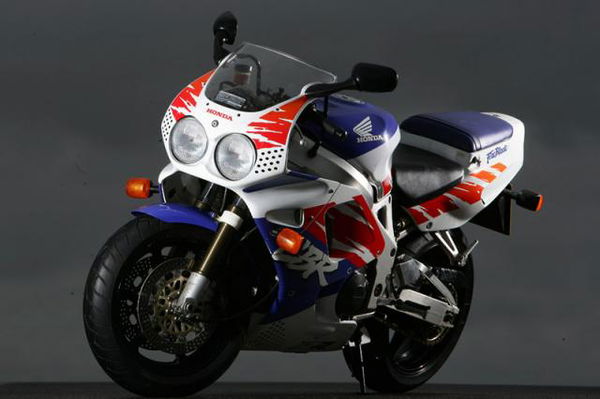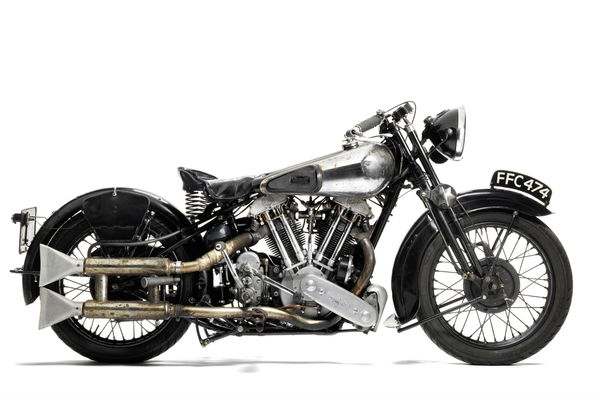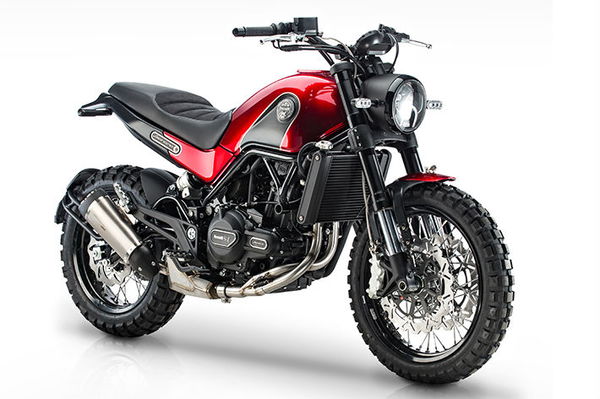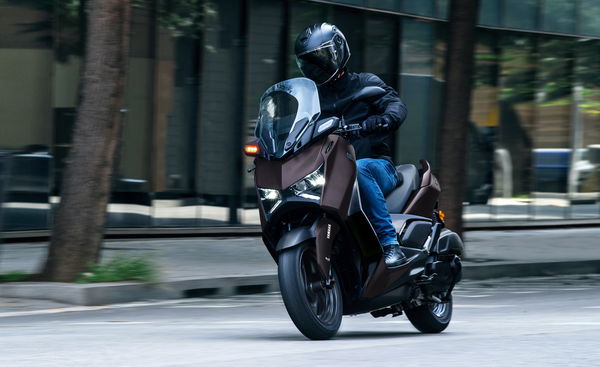Top 10 motorcycles of all time
Which models stood head and shoulders above their peers?

TRYING to list the best bikes ever made, and to keep that list down to no more than 10, is sure to be contentious. The number of candidates is enormous and everyone will have an opinion on which are the most deserving.
So you can be sure that there will be machines here that you don’t believe merit a spot, just as you’re certain to have ideas of your own about the ones that should be included instead. As usual, don’t simmer in silence, let us know in the comments.
Here's our top 10 countdown, starting with...

10. Brough Superior SS100
The very concept of ‘best’ is hard to define. Does it mean commercial success, outright performance, quality of materials or intrinsic design? For at least three of those categories, the Brough SS100 can claim to have outstripped its period rivals. In terms of speed, quality and engineering it’s a legend. Launched in 1924, it was still a world-beater when production ended in 1940 (thanks to WW2). The war also stopped development of rivals, so even during the 1950s those old SS100s were still about as fast as road bikes could get.
From one end of the spectrum to another. If the Brough was a perfect example of no-expense-spared engineering, the SV represented a miracle of what could be achieved at the minimum cost when it first appeared at the end of the last millennium. That it’s still around, and still using basically the same engine, nearly 20 years on is impressive. Even more impressive is the fact that if you rode an original one back-to-back with the latest model – still competitive in its class today – you wouldn’t find that things have changed that much. The SV650 created a new class of cheap, fun and super-competent all-rounders back in 1999, and it’s still at the head of that category now.
CLICK HERE TO READ OUR REVIEW OF THE LATEST SUZUKI SV650.
The VFR750 is one of those ubiquitous bikes that will barely draw a second glance, but step back and consider its race-bred V4 engine, its aluminium frame and its insanely wide breadth of ability and you’ll see why it’s here. All but the earliest (like the 1986 example pictured) even have single-sided swingarms despite coming from a time when such things were almost witchcraft. Appearing in an era when bikes were becoming ever more focussed to specific tasks, it could do pretty much any of them. And what’s more, the VFR did them as well as, or sometimes better than, those tightly-focussed, specialist machines.
Ah, the Ducati 916. If this list went on beauty alone it would be in at number one, even a quarter of a century on from its launch. Yes, it owes a debt of gratitude to the Honda NR750, but the way Massimo Tamburini integrated the under-seat pipes, the slim headlight and the oh-so-clean side panels was a clear step forward from the Honda that inspired parts of it. No bike since the Ducati 916 has made such a leap forward in terms of styling, or been as influential from a purely aesthetic point of view.
Should the C90 (and its derivatives) be in the number 1 spot? There’s a strong argument for it. No machine in history has given so many people so much independence. It’s the best-selling form of motorised transport in the world, and Honda is marking the 100 million production mark soon. Simple, reliable and utilitarian, it’s the Model T Ford and VW Beetle of the bike world, rolled into one and amplified. Why not rank it higher? Because it falls short in terms of performance and fun. On pure worthiness and merit as a form of transport, though, it’s hard to beat.
That there are so many Hondas on this list is an indication of the mojo that firm has. Or had, as none of them are terribly new. The CBR600F is another example of near-perfection from Honda. Despite falling short of its rivals on paper - all but the last CBR600Fs had steel frames in an alloy beam-frame world, suspension and brakes were fairly simple and they never topped the power tables – the CBR was more than sum of its parts. The number of World Supersports titles it won speak volumes, but the fact that the CBR was also such a competent, affordable all-rounder is even more impressive. Like the VFR750, it was a bike that could do anything, but it was cheaper and arguably even better in its mix of abilities.
The problem with all-rounders is that they don’t tend to make headlines like specialists do. If the CBR600F was the Daley Thompson of motorcycles, the R1 was Usain Bolt. Appearing in 1998, it was a turning point away from the all-rounder era and marked the start of bikes getting ever-more focussed. Anyone who got a chance to ride the original generation R1 at the time of its launch will vividly remember it; nothing came close to that 150hp performance. Sure, superbikes have got gradually faster over the following two decades, but never again has one made such a big leap in one go.
CLICK HERE TO READ OUR REVIEW OF THE LATEST YAMAHA YZF-R1.
The R1 made waves in 1998, but the Blade had already done the same six years earlier and laid the foundation with which the Yamaha would never have been built. The genius move of ignoring race-regulated capacity classes (Honda had the RC30 to deal with that) and creating an 893cc derivative of a dead-end 750cc four-cylinder design led to a machine that remains a legend to this day. The idea of a ‘1000cc performance with 600cc weight’ is a cliché now, but the Fireblade was the bike that let us know it was a possibility.
CLICK HERE TO READ OUR REVIEW OF THE 2017 HONDA FIREBLADE.
The R1 made waves in 1998, but the Blade had already done the same six years earlier and laid the foundation with which the Yamaha would never have been built. The genius move of ignoring race-regulated capacity classes (Honda had the RC30 to deal with that) and creating an 893cc derivative of a dead-end 750cc four-cylinder design led to a machine that remains a legend to this day. The idea of a ‘1000cc performance with 600cc weight’ is a cliché now, but the Fireblade was the bike that let us know it was a possibility.
CLICK HERE TO READ OUR REVIEW OF THE 2017 HONDA FIREBLADE.
Yes, some might mock GS owners as wannabe Ewan-and-Charleys, but the dominance of BMW’s adventure tourer over the last decade or so is unprecedented. It simply seems to have welded itself to the number one spot in the European sales charts, and there’s no sign that it’s going to fall from grace. What’s really strange is that BMW had ploughed the same furrow for years before the R1200GS emerged; it was a development of the R80G/S, R100GS, R1100GS and R1150GS. None of them sold in big numbers, though – they were very much niche machines. Today, the GS is simply a supremely capable bike and it’s been recognised as such. Love them or loathe them, there’s no question that they’ve sculpted the entire motorcycling landscape of the present day.
CLICK HERE TO READ OUR REVIEW OF THE BMW R1200GS.
Cliché? Maybe. But the CB750 really did usher in a change in motorcycling that we still feel today. Before it, bikes were drum-braked, single or twin-cylinder thumpers that were arguably poor relations of cars. After it, increasing numbers of bikes were high-performance, disc-braked, multi-cylinder screamers capable of feats that nothing on four wheels could hope to match. It helped hammer the final few nails into the coffin of the backward-looking British bike industry. Some might hate it for that, but it can’t be blamed for the shortcomings of its rivals. The template it laid out remains in place, and is followed by most modern four-cylinder bikes to this day.
CLICK HERE FOR MORE VISORDOWN TOP TENS.











